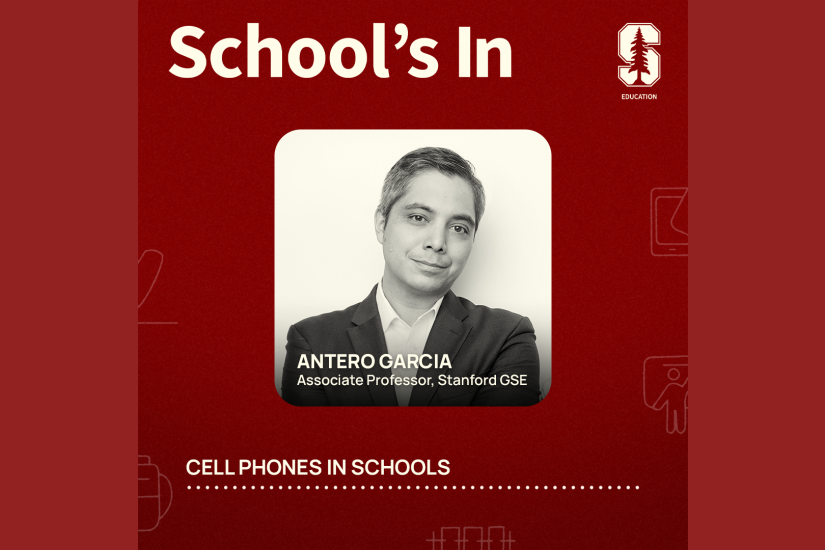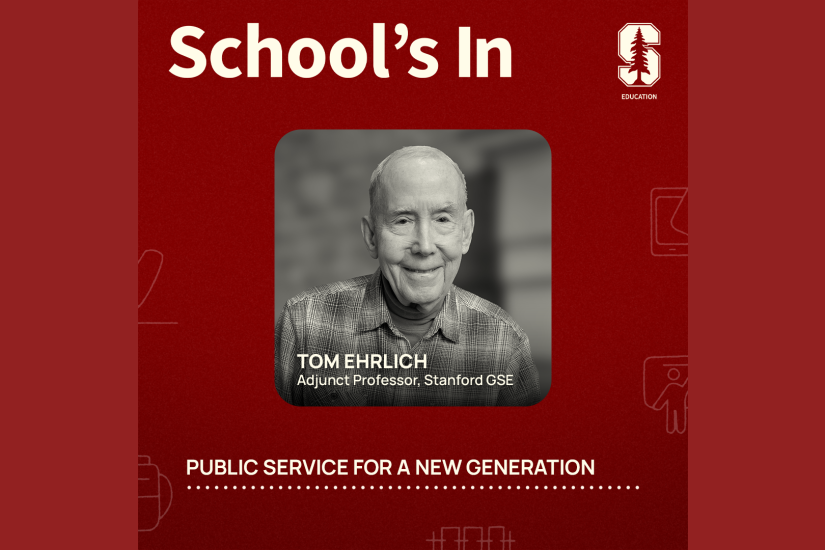
GSE’s Hollyhock Fellowship equips educators with tools for competent, caring classrooms
Teachers have had a rough few years.
In fact, with recent challenges like pandemic learning loss and conflicts over curriculum, on top of chronic issues such as comparably low compensation and staffing shortages, teacher turnover is at an all-time high.
The Hollyhock Fellowship — a two-year professional development program for high school teachers run by Stanford Graduate School of Education’s (GSE) Center to Support Excellence in Teaching (CSET) — is working to rectify that.
“We know that this is a changing landscape for teachers, and one of the overarching goals of Hollyhock is to improve teacher retention,” said Stacy-Ann Afflick, the fellowship’s project director. “We do this by supporting fellows with foundational content knowledge, as well as a social justice lens through which to examine their content.”
Started in 2014, the fellowship brings early-career teachers to Stanford’s campus in school teams for four weeks split between two summers. There they participate in a series of workshops and breakout sessions that focus on research-based teaching methods, and creating culturally relevant classrooms where students feel safe to learn and participate.
“I think what surprised me the most is that in being here, in befriending and learning with like-minded teachers, and learning to reprioritize how I run my classroom, I’m left feeling that I can stay in teaching longer than I initially meant to,” said Erica Miller, a Hollyhock fellow and math teacher at Hiawatha Collegiate High School in Minneapolis.
Between summers, fellows stay connected via one-on-one online meetings with Hollyhock content coaches. Fellows also record videos of themselves teaching and interacting with students in real-time, which coaches then respond to.
“I love the video recordings because it helps me to see fellows when they’re in the classroom, doing the work and applying the strategies they learned here,” Afflick said.
Outside of supporting teachers, another goal of Hollyhock is to support students who are most marginalized by the education system.
All fellows work in under-resourced schools — those where 50% or more of the student population is eligible for free or reduced lunch — where teacher turnover tends to be higher.
“I teach in the lowest poverty district in New York City,” said Ylaiza Perez, a fellow and high school Algebra I teacher at Computer Science High School in the Bronx. “I work where I do because I know what it’s like to have nothing, and those are the people that need the most support.”
Perez and Miller are part of the fellowship’s eighth cohort, which was on campus last month for their second summer, or the latter half of the program.
“Hollyhock has definitely pushed my social justice perspective and taught me more about the culturally responsible parts of teaching,” Perez said. “I feel that the material that I learned here, and the community I’ve built, has already helped me become a better teacher for my students.”
In a breakout session with the group, Afflick told fellows that being aware of systemic issues, by examining the political, legal and economic systems that influence their and student identities, will allow them to be teachers that see through a “social justice lens.”
“Hollyhock is built upon a framework of creating relationships with students, so that teachers can know them, and where they’re coming from, deeply,” said CSET’s executive director Suzanne M Burrows. “In order to teach anything, you have to really understand the students that you’re serving.”
Finding joy in the work
Another way the Hollyhock program encourages teacher retention is by fostering joy in teaching.
Fellows learn to create healing spaces for students, other teachers and themselves, so they can arrive in the classroom as ”healthy and whole humans,” Afflick said.
“Working in education is not a linear thing,” Afflick said. “There will be setbacks along the way, and in those moments you need a reason to keep going.”
In a group session on July 20, Afflick led a discussion on the teaching journey, including its twists and turns, and the importance of reflecting on what drew the fellows to teaching.
“I kind of stumbled into teaching, and it was mostly a desire to change the world for the better that led me to teach in my district,” said Miller, a current fellow. “But this fellowship, and the community I’ve made here, has reinvigorated my why.”



